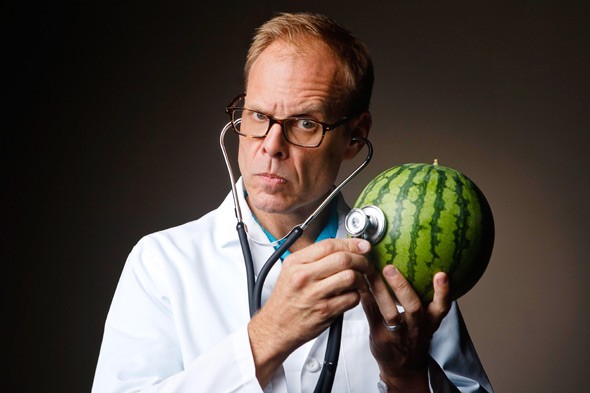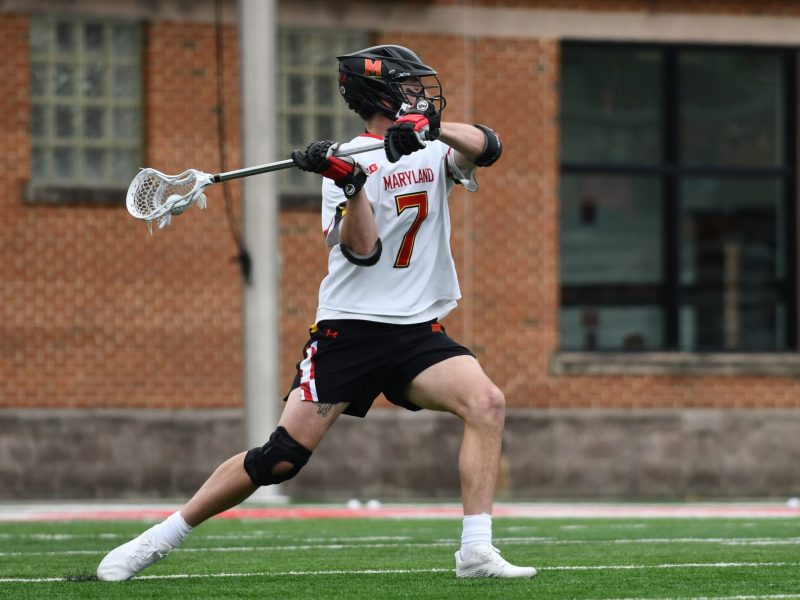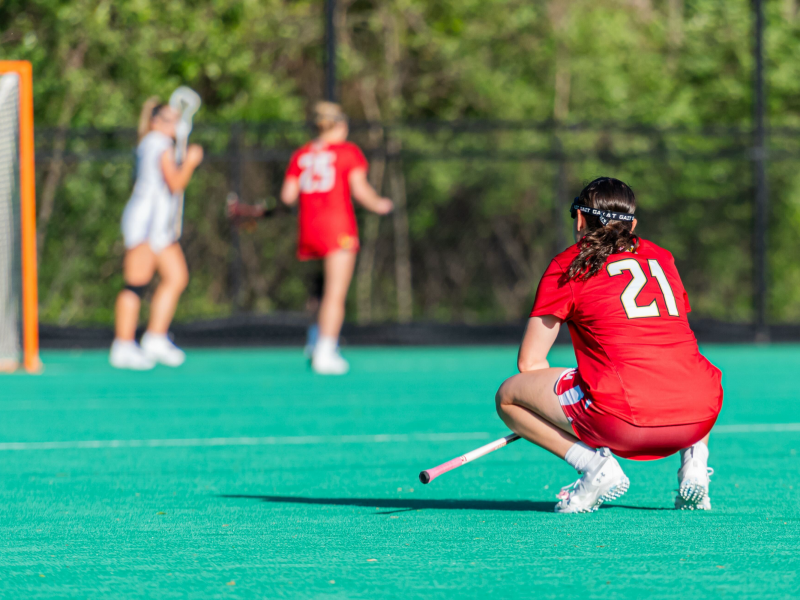
“Alton Brown’s Good Eats took the cooking show format I loved and slipped weed butter into the cookie mix. It didn’t just expand your palate — it expanded your mind, man.” —Eric Bricker
Everything I learned about television I learned from Food Network. While other latchkey kids would come home from school and throw themselves down in front of SpongeBob SquarePants or Recess, I would spend my sunlight-dappled afternoons and sick days in front of cooking shows, lost in the steamy, sensual world of food porn.
There was something unbelievably soothing about the early 2000s Food Network format: An adult stands in front of you, talks directly to you and throws a bunch of things into an oven. A half-hour later, he or she eats the perfectly-composed plate of whatever (something vaguely creole if it was Emeril Lagasse, something light and pretentious if it was Ina Garten, something made from frozen pastry dough and canned soup if it was Sandra Lee). Commercial break and then a different person does more or less the same thing. Repeat until your parents come home and make you turn off the TV.
But one show subtly yet completely blew up that staid, formulaic block of programming. Alton Brown’s Good Eats took the cooking show format I loved and slipped weed butter into the cookie mix. It didn’t just expand your palate — it expanded your mind, man.
Born out of a PBS show Brown did in Chicago, Good Eats ran on Food Network from 1999 to 2012. A heady yet silly blend of the standard cooking show, Bill Nye’s too-cool-for-school science classroom and playful genre experimentation (one episode about peas is a pretty dead-on homage to The Exorcist), Good Eats brought science into the kitchen (which was never actually Brown’s home kitchen, as I was devastated to find out quite recently). Brown didn’t just tell viewers how to make a dish, he showed how that dish works, inside and out, delving into the history behind commonplace ingredients or the chemical interactions of beloved recipes.
Brown is in the middle of the 45-stop Alton Brown Live! The Edible Inevitable Tour. He will be at the Modell PAC at the Lyric in Baltimore on Sunday preforming his blend of stand-up comedy and food experimentation.
And though most of Good Eats was set in and around a traditional kitchen, Brown played in the space in a way no one else on television had (or has since). The show is a buzzy, frenetic crash course in cinematography, full of weird Dutch angles and POV shots from the insides of refrigerators or microwaves. The sense of playfulness extended to Brown himself, who channeled Watch Mr. Wizard and Animaniacs as much as he did Mario Batali. The show painted him as a human cartoon, flitting around the kitchen with bug eyes cheerily popping, rapidly spitting out facts and one-liners while flinging props and cueing sound effects.
More than that, Good Eats served as a crash course in classic pop culture, full of references and homages that completely flew over my head as a kid, from an episode modeled after Misery (“Ill Gotten Grains”) to one that mimicked The Silence of the Lambs (“Power Trip”). While most cooking shows were almost alarmingly insular, seemingly confined solely to the chef’s kitchen, Good Eats turned its gaze outward, expanding my cultural horizons as it built its own world of recurring characters and overarching plots, the depth of which puts most serialized shows to shame.
Good Eats ended its run just as the state of food television started to change, with the cooking show format giving way to the current spate of competition series, which range from the occasionally transcendent (Top Chef, Chopped) to the achingly stupid (Food Network Star). Though food TV is now focused on games, no one has ever managed to capture the playfulness of cooking like Brown and Good Eats, a comfort-food throwback that still giddily pushed the boundaries of what food — and TV — could be.



